Decade-Long MVPs: Building and Funding with 2030 in Sight
In the fast-paced world of mobile app development, making the right decisions is crucial for long-term success. As we look ahead to 2030, embracing an approach that ensures a successful Minimum Viable Product (MVP) launch and secures funding for sustainable growth becomes vital.
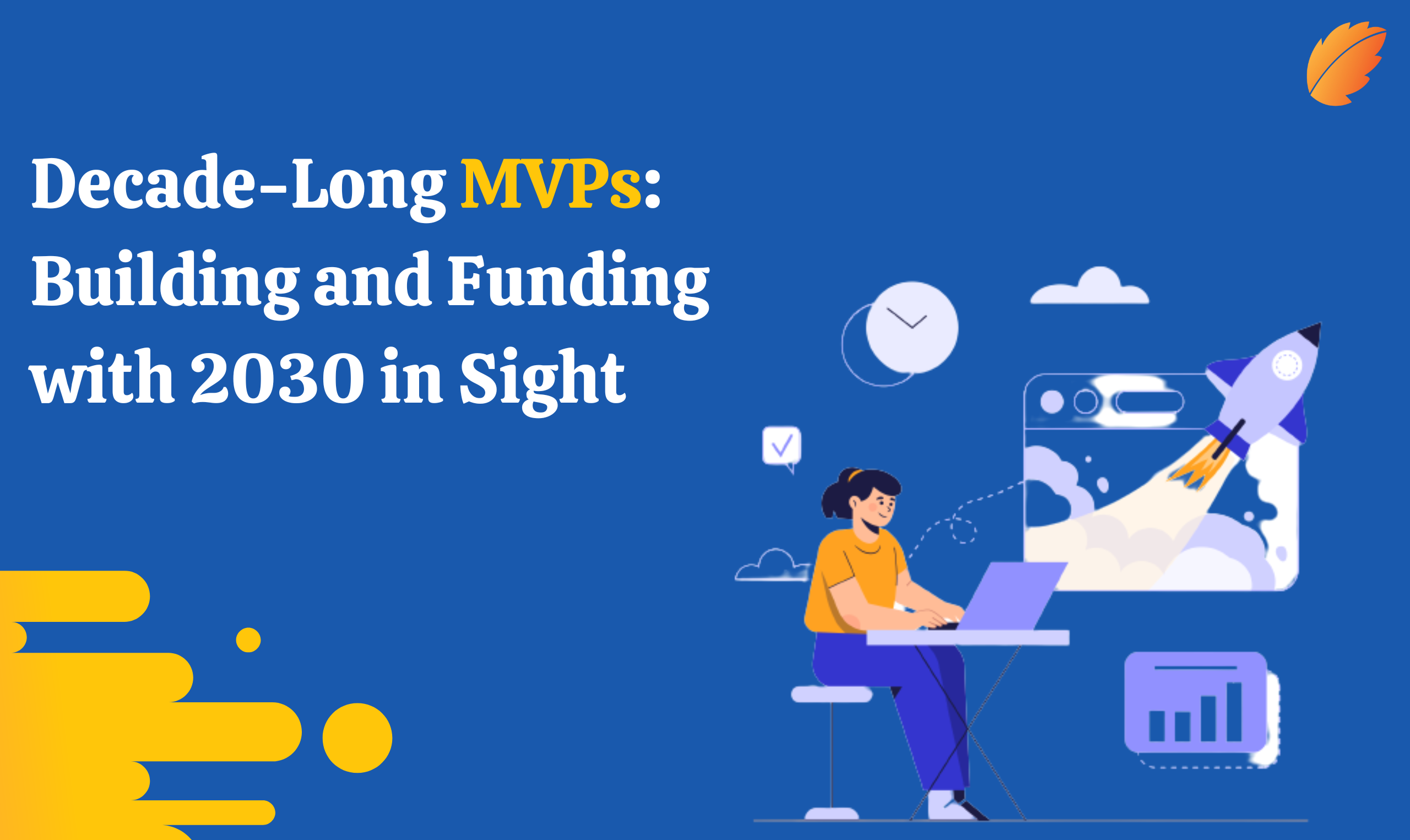
Building an MVP is not a novelty; it’s a strategic choice with a proven track record. By focusing on core features, an MVP allows mobile app developers to test the market waters, gather valuable user feedback, and adapt their product roadmap based on real-world insights, minimizing risk.
Now, let’s explore the world of MVPs – a driving force behind mobile app innovation and a significant route to realizing your app development goals.
Definition of MVP (Minimum Viable Product)
A mobile app’s MVP is the initial version that includes only core features to address the primary needs of its target audience. The primary objective is to validate the product idea with real users while minimizing the time, effort, and resources invested in development.
According to a study conducted by CB Insights, which surveyed over 2,000 startups, the average duration to develop an MVP is approximately 6 months.
As we consider the decade-long MVP perspective, a transformative narrative emerges. Beyond its conventional virtues, an MVP extending its impact over a decade underscores its robustness.
This approach, infused with longevity, delves deep into the annals of app evolution, demonstrating its prowess constantly aligning with the evolving user- landscape.
The decade-long MVP embodies not only the principles of user validation but also the tenacity to persistently refine and reinvent, keeping in stride with the dynamics tides of the digital era.
Opting for an MVP approach significantly reduces risks associated with new product launches, allowing for valuable user feedback early in the development cycle, empowering informed decisions, and refining the product according to actual user needs.
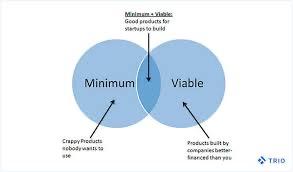
Why Consider MVP for Mobile App Development?
A. What is an MVP, and How Does it Differ from a Full-Fledged App
When it comes to mobile app development, MVP stands for Minimum Viable Product. It is a strategic approach that involves developing a simplified version of the app with only the core features essential for its basic functionality. This approach is in contrast to building a full-fledged app that includes all envisioned features.
The key difference between an MVP and a full-fledged app lies in the scope and complexity. An MVP focuses on the fundamental features, whereas a full-fledged app incorporates a wide range of functionalities, often making it more complex and time-consuming to develop.
B.Advantages of Building an MVP for Mobile App Development
- Cost-effectiveness:
Building an MVP is a prudent financial decision, especially for startups and small businesses. By focusing on the essential features, development costs are significantly reduced, allowing you to allocate resources more efficiently.
This approach minimizes the risk of investing heavily in a product that might not resonate with the target audience.
- Faster Time-to-Market:
In the fast-paced digital landscape, getting your mobile app to the market quickly is crucial for success. With an MVP, you can expedite the development process and launch the core product sooner.
By doing so, you gain an early advantage, establish your presence, and start acquiring valuable user feedback.
- Risk Reduction:
Developing a full-fledged mobile app solution without initial market validation can be risky.
By opting for an MVP, you mitigate this risk by validating your idea with real user interactions. If the feedback is positive, you can confidently invest in further development, knowing that there is demand for your product.
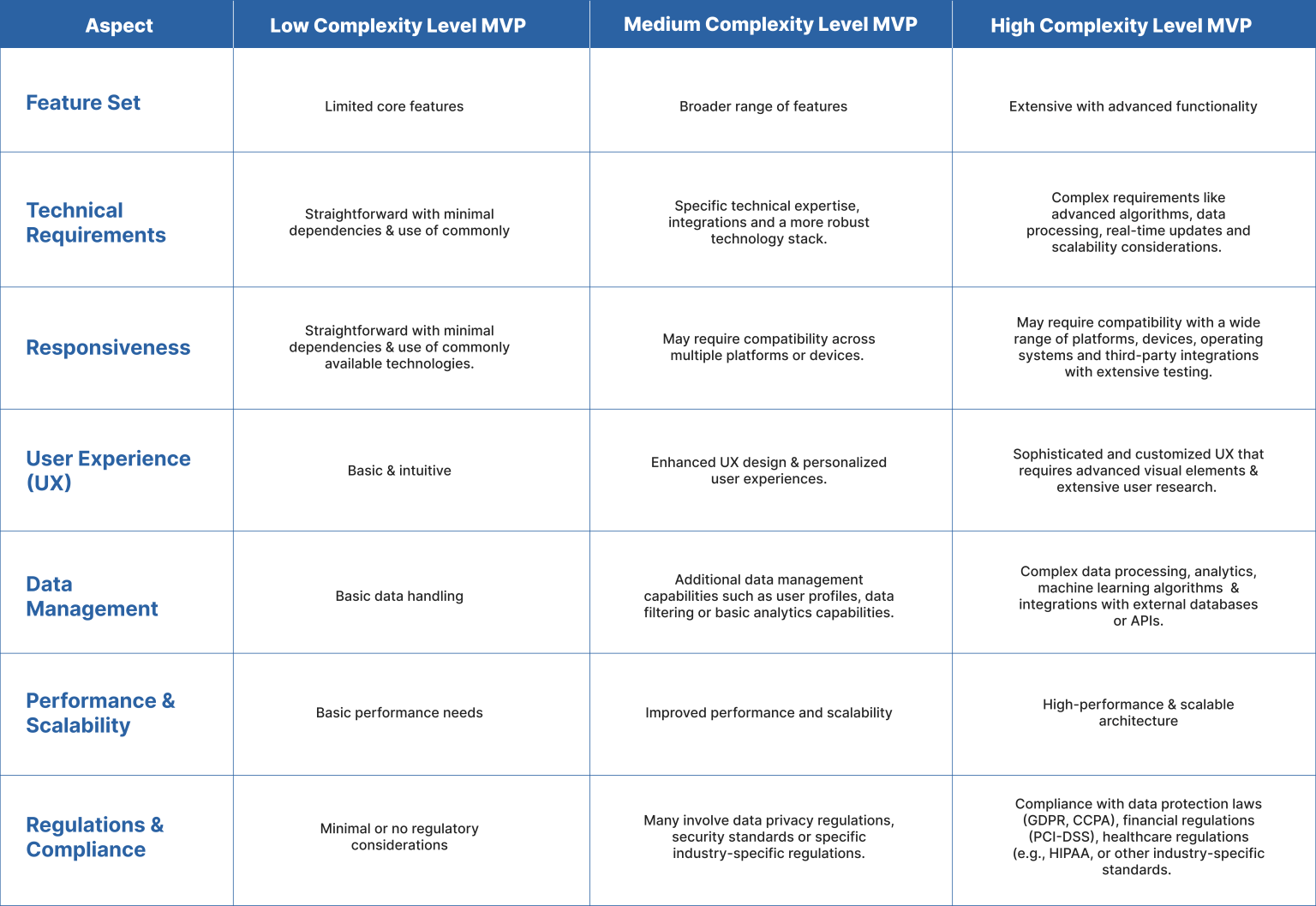
Designing the MVP Architecture for 2030: Essential Steps and Considerations
A. Evaluating Long-term Market Trends and User Needs
To build an MVP that stands the test of time and leads to successful mobile app development, it’s crucial, to begin with, a clear understanding of the long-term market trends and user needs.
This will enable you to create a product that remains relevant and competitive for years to come.
- Analyzing Emerging Technologies and Industry Shifts
Staying abreast of emerging technologies and industry shifts is essential in ensuring your MVP remains innovative and adaptive. Consider how advancements in AI, AR/VR, blockchain, or other disruptive technologies could impact your app’s functionality and value proposition.
By incorporating relevant features from these technologies into your MVP, you can enhance user experience and cater to future demands.
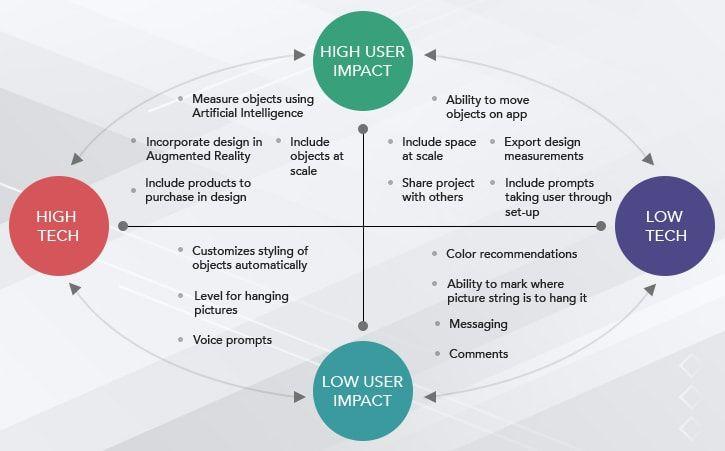
- Conducting Market Research and Competitive Analysis
Market research is the bedrock of any successful MVP. Analyze market trends, customer preferences, and pain points to identify gaps your MVP can fill effectively.
Moreover, conduct a comprehensive competitive analysis to understand what other solutions are available and how your MVP can differentiate itself. Strive to create a unique selling proposition that addresses unmet needs and entices users to choose your mobile app solution over competitors.
B. Crafting a Unique Value Proposition for the MVP and Beyond
A compelling value proposition is key to convincing users that your MVP is worth their time and attention. Your MVP should be built around solving a specific problem or offering a distinct advantage that resonates with the target audience.
Consider how your mobile app can improve users’ lives or streamline their processes like no other product. Focus on communicating the unique benefits clearly and concisely to potential users.
C. Targeting the Right Customer Segments and User Personas for the Future
Identifying and targeting the right customer segments and user personas are vital steps in maximizing your MVP’s potential for conversion and lead generation. Conduct in-depth research to understand your target audience’s preferences, pain points, and behaviors. Use this information to design a user-centric MVP that caters to their specific needs and preferences.
Additionally, anticipate how customer segments may evolve in the future and build scalability into your MVP to accommodate these changes.
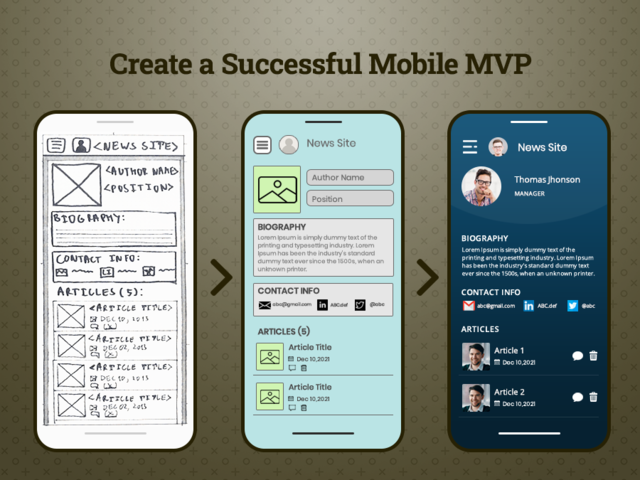
D. Leveraging Agile Development Methodology
Agile development remains a proven methodology for MVP projects. Its iterative approach allows quick adaptations to changing requirements, reducing development time and enhancing overall efficiency. Embrace Agile practices to foster collaboration between development teams, stakeholders, and end-users, leading to better outcomes.
As we set our sights on 2030, the MVP approach emerges as an optimal choice for mobile app development. Its ability to strike a balance between delivering value and gathering user feedback allows for continuous improvement, keeping your app relevant and competitive.
Remember, the journey towards building a decade-long MVP may pose challenges, but embracing these essential steps and considerations will pave the way for a sustainable and thriving mobile app that resonates with users and drives conversions

Funding Strategies for Long-term Success in Decade-Long MVPs
As we delve into the exciting world of Decade-Long MVPs and their impact on mobile app development, it’s crucial to discuss funding strategies that ensure long-term success.
Let’s explore proven approaches to securing financial support for your MVP with an eye on 2030 and beyond.
Seed Funding with Scalability in Mind
When seeking initial funding for your Decade-Long MVP, it’s vital to present a clear and compelling vision of your app’s scalability. Potential investors are drawn to projects that demonstrate the ability to grow and adapt over the years. Focus on showcasing how your MVP will evolve into a full-fledged solution, captivating a broader user base and attracting additional funding opportunities.
Embrace Lean Development for Cost Efficiency
A paramount aspect of funding strategies for Decade-Long MVPs is to adopt lean development practices. Investors are attracted to startups that can efficiently utilize resources while achieving significant milestones. Employing lean methodologies not only minimizes costs during the MVP phase but also sets a foundation for controlled growth and long-term sustainability.
Prioritize Product-Market Fit Validation
Before embarking on the funding journey, ensure that you have solidified your product-market fit. Investors are more likely to invest in an MVP that has already validated its value proposition with real-world users. Demonstrating a strong product-market fit instills confidence in potential backers, leading to better funding prospects.
Leverage Strategic Partnerships
Strategic partnerships can be a game-changer when it comes to funding your Decade-Long MVP. Collaborating with established players in your industry not only provides financial support but also opens doors to valuable expertise, resources, and a broader user base. Seek partnerships that align with your long-term vision, enhancing the chances of success for both parties involved.
Consider Venture Debt as an Option
Venture debt can be an attractive funding option for Decade-Long MVPs. Unlike equity financing, venture debt allows you to raise capital without diluting your ownership stake significantly. However, it’s essential to use venture debt judiciously, ensuring that you have a solid repayment plan in place to avoid unnecessary financial strain.
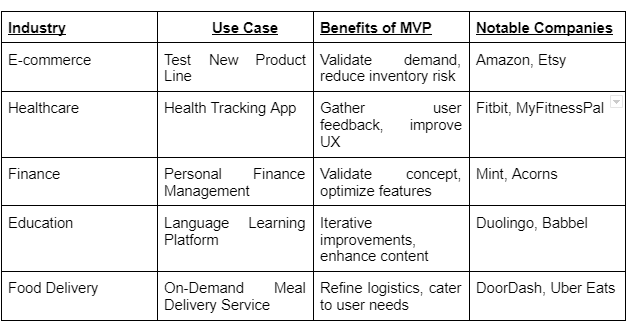
MVP Success Stories Across Different Industries
Case Study: Snapchat – A Triumph of MVP-driven Innovation in Visual Social Media
In 2011, Snapchat redefined social media with its visual experiences. Snap Inc., the company behind it, now earns exceeding $1.07 billion annually, engaging 186 million smartphone users.
Co-founder Reggie Brown’s visionary idea birthed Snapchat. Its first version, an iOS app named Picaboo, allowed photo sharing with a timed viewing limit.
Snapchat’s MVP journey commenced with 1000 users in six months. The founders harnessed MVP to test assumptions, and understanding market preferences. Their innovation of self-destructing videos, later “Stories,” amplified growth, captivating global audiences.
Key Problems Addressed:
Snapchat’s MVP successfully tackled a significant challenge that traditional social media platforms posed: the lack of privacy and traceability. By allowing users to share content with a finite lifespan, Snapchat introduced an element of authenticity and temporal intimacy to the social media landscape.
MVP Features:
- iOS App: The initial MVP was a minimalist iOS app focused on testing the core idea of ephemeral photo sharing.
- Photo Sharing: The MVP’s primary function allowed users to share photos with friends, which served as the foundation for Snapchat’s unique content-sharing approach.
- Expiration Timer: A crucial element of the MVP, the expiration timer added a temporary nature to the shared photos, creating a sense of urgency and excitement.
Key Features Introduced Post MVP Validation:
Building upon the validation and success of their MVP, Snapchat introduced a series of impactful features, further solidifying its position as a visual social media powerhouse:
- Stories: The breakthrough “Stories” feature enabled users to share a collection of self-destructing photos and videos, forming a captivating narrative of their day-to-day experiences.
- Poke: An early addition, “Poke,” allowed users to send short messages, complementing the temporary nature of the app.
- Replay: With “Replay,” Snapchat addressed the desire for users to view a Snap one more time before it disappeared.
- Geofilters: These location-based overlays enabled users to add context and creativity to their Snaps, connecting content to specific geographical areas.
- Face Filters: A beloved feature that transformed selfies with entertaining and interactive augmented reality filters.
- Memories: Introduced to allow users to save their Snaps and Stories, preserving cherished memories for future reminiscing.
Snapchat is a shining example of successful MVP implementation, where the founders astutely leveraged early versions to understand and cater to their market’s desires. By thoughtfully iterating and introducing innovative features post-MVP, Snapchat revolutionized visual social media, captivating millions worldwide with its engaging and time-bound content-sharing experience. This case study underscores the invaluable impact of MVP-driven innovation in propelling businesses to achieve global dominance in the rapidly evolving landscape of mobile app development.
Key Takeaway-
Achieve MVP-Driven Triumph with Consagous Technologies by Your Side!
As we look ahead to 2030, the mobile app landscape is poised for continuous evolution, demanding innovative and efficient solutions. For businesses seeking to navigate this dynamic terrain, Consagous Technologies emerges as a premium mobile app development company. With a proven track record of delivering exceptional MVP-driven solutions, Consagous Technologies stands ready to empower businesses with scalable, user-centric, and cutting-edge mobile apps.
It’s important to note that the concept of an MVP doesn’t mean it’s designed to last a whole decade on its own. Instead, it’s a constant journey of testing, refining, and adjusting to stay relevant over time.
By embracing the MVP philosophy and teaming up with Consagous Technologies, your business can set off on a great adventure in developing mobile app development solutions. This collaboration isn’t just about making things smoother – it promises real, tangible results like more sales, more leads, and a stronger presence in the ever-changing mobile app world. Together, let’s explore the incredible potential that MVP-driven success offers, guiding us through the exciting years ahead. Explore our MVP solutions today!
FAQs
- What is an MVP, and why is it crucial for mobile app development?
A: An MVP, or Minimum Viable Product, is the initial version of a mobile app that includes the core features necessary to satisfy early users and gather valuable feedback.
It allows businesses to validate their app idea, minimize risks, and make informed decisions before investing heavily in total development. Incorporating an MVP approach in mobile app development enables companies to save time, resources and ensure the final product meets users’ needs.
- How does building an MVP impact a company’s growth and funding opportunities?
A: Building an MVP can significantly impact a company’s growth and funding prospects. Investors often favor startups that have validated their concept through an MVP, showcasing the product’s potential and market fit.
By demonstrating early traction and user engagement data from the MVP, companies can attract more funding and strategic partnerships. Additionally, the iterative nature of MVPs allows companies to continuously refine their mobile app solution continuously, enhancing their appeal and increasing the chances of a successful product launch.
- What are some real-world examples of successful companies that began with MVPs?
A- Several industry-leading companies started their journey with MVPs, highlighting the strategy’s effectiveness.
For instance, Snapchat, the visual social media giant, began as “Picaboo,” an MVP allowing users to send disappearing photos. Uber, the global ride-hailing giant, tested the waters with a simple MVP connecting iPhone users with cab drivers. Airbnb started with a basic landing page MVP, showcasing apartment pictures to gauge interest.
These real-world examples demonstrate how MVPs have paved the way for success and led to massive growth in the highly competitive mobile app market.

